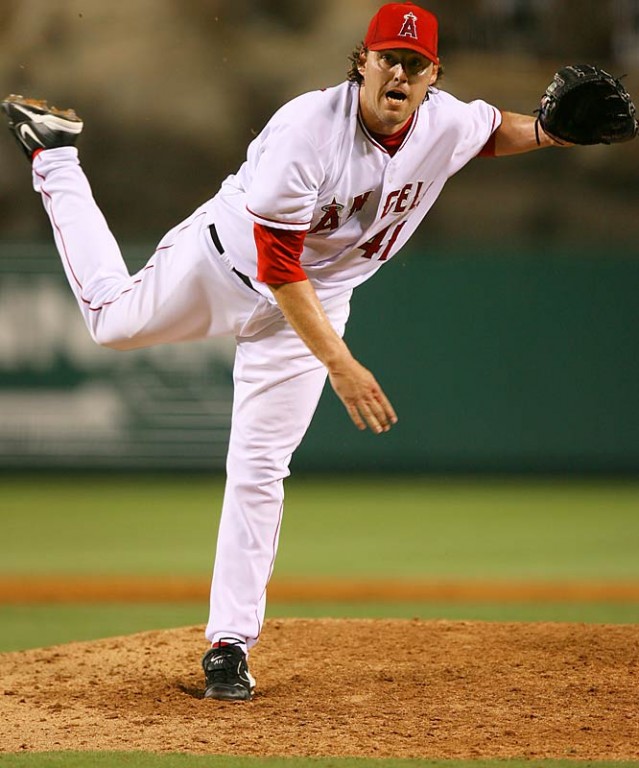An Easy Change for Faster Baseball Games

Recent four hour affairs between the Yankees and Red Sox triggered another round of complaining about the ever-increasing length of baseball games. It isn’t just the fans who grouse. Newspapers quoted Yankees first baseman Mark Teixeira sounding dyspeptic: “It’s brutal. I can’t stand playing a nine-inning game in four hours. It’s not baseball.”
Virtually everyone agrees with Teixeira, and virtually everyone cites the same culprits: pitchers and batters who meander between pitches and television networks which reap the financial rewards of many commercials between innings. But a major culprit often goes unmentioned: the proliferation of pitching changes in the middle of an inning. I bring up this contributing factor because it can be readily remedied and doing so would painlessly reduce the length of games.
Joe Torre didn’t create the problem of over-specialized relief pitchers, but he took it to a new level. During the late 1990s with the Yankees, Torre used two fine relief pitchers, southpaw Mike Stanton and right-hander Jeff Nelson, as a joint bridge to Mariano Rivera and the ninth inning. Torre much preferred Nelson against right-handed batters and Stanton against lefties. If the starting pitcher were doing okay, he’d open the eighth inning. Once someone reached base, in came Stanton or Nelson (depending whether the batter was righty or lefty). The new pitcher would face one or two hitters until someone came up from the opposite side of the plate, which occasioned another pitching change. Yawn, yawn.
Torre, of course, won several championships with the Yankees. I doubt anyone thinks he won because of his late-inning pitching shenanigans, but it doesn’t matter: nothing succeeds like success, nor breeds more imitation. Before long, many managers adopted Torre’s brand of bullpen yo-yo. The game witnessed, in particular, a proliferation of lefty relievers who existed solely to pitch to one or two left-handed batters.
If each manager makes two pitching changes within an inning, as much as twenty minutes can be added to a game. That’s a lot of down time. That’s a lot of kids either staying up past their bed-time or missing the last inning of a game.
There’s an easy solution. Baseball should adopt a rule requiring each pitcher to face three batters. Note that such a rule would only bend (very slightly) tradition, not break it. It’s already the case that a new pitcher must face at least one batter – even if the offensive team pinch hits and removes the batter the pitcher was brought in to face. Is the difference between one batter and three somehow a matter of high principle?
Purists who reflexively object to change overlook how essential the occasional change is to preserving the quality of the sport. At various times throughout its history baseball temporarily lost its sense of balance, as either pitching or hitting became dominant. Equilibrium was restored by changes – the fences moved in, the mound lowered, the strike zone adjusted, the ball made more or less lively, etc. Baseball’s rulebook was not handed down at Sinai. We shouldn’t tinker with the game’s essential structure – the number of outs, balls and strikes, innings, and so forth. But whether a pitcher has to face one batter or three? Who cares?
I’ll tell you who should care. All of us who love baseball but loved it even more in the days before games lasted longer than a round of golf.

